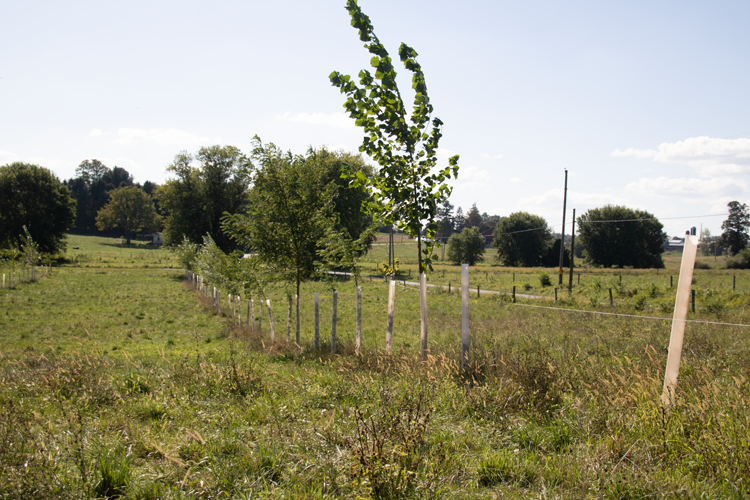The author is a rancher, author, speaker, and consultant with over 40 years of experience in grazing management research, outreach, and practice. He has lived and grazed livestock in hot, humid Missouri and cold, dry Idaho.

In my last column, I had discussed how to train your grazier’s eye to conduct ongoing pasture inventories. In this article, I’ll explain how we can use a pasture inventory to help us make better grazing decisions. The basic role of a pasture inventory is providing information on what you have available to work with today and what you can expect to have available in the future.
When doing a pasture inventory, look at every pasture on the farm or ranch. Visually estimate the available animal-unit days per acre (AUD/A) in every pasture. Available AUD/A translates to what we would be willing to harvest from that acre today, leaving appropriate postgrazing residual. For a pasture that has just been grazed, an appropriate residual can be zero. That means the pasture was appropriately utilized, but we wouldn’t want animals to take another bite off that pasture.
What if we moved the livestock off and thought, “Uh oh, I took a little too much off this pasture.”? Then we might give a negative inventory value — something like -5 or -12, depending on how much we thought we had overutilized the paddock. If it looks like animals could have stayed a little longer, maybe the inventory value might be something like 7 or 18, depending on how much extra residual was left behind. If we thought it was grazed perfectly, that is what a “0” (zero) looks like.
Stay vigilant
In productive environments, I recommend conducting a full inventory every two weeks. Feed availability can fluctuate quickly during the peak growing season but might change more slowly as it gets hotter and drier. We need to know the rate of change taking place in our pastures when really trying to optimize our grazing utilization and effectively allowing for adequate recovery periods.
Besides providing us with information on what we have available for feed today, two successive inventories can be used to determine what the average growth rate has been over the intervening time between two inventories. Once a few years of inventory numbers are in our database, we can build a chart for typical growth rates with biweekly intervals across the entire growing season. This becomes a powerful tool to help us determine what the appropriate recovery period needs to be for a pasture grazed at a particular date.
Most graziers with a moderate level of experience understand that the length of the recovery period needs to be adjusted as growing conditions change. Unfortunately, most simply react as they see things “going south” on their farms. With a better understanding of just how much our growth rate is changing over the season, it becomes easier to manage in advance of the expected change in growth rate. The more years of data we can collect from our own pastures, the more robust our information resource becomes, and the more effectively we can manage our resources with an actual grazing plan in place.
Something else that is important to understand in developing a grazing plan is that not all pastures are created equal. There are inherent differences in productivity of particular pastures depending on soil type, landscape position, and plant community. One of the reasons calendar-based rotations don’t work well is that not all pastures grow at the same rate.
Do not fall into a pattern of always grazing a series of pastures in the same succession with the same expectation of number of days the stock can stay on that pasture. If you get into a calendar-based rotation, it’s inevitable that some pastures will be overutilized while others will be underutilized. Recovery periods will probably not be appropriate for the existing conditions.
When a pasture inventory is available as a guideline, you will do a better job of moving the livestock to the pasture that is most appropriate for grazing at a certain point in time. Avoid getting into patterns of paddock rotation and base your moves on grazing readiness, not calendar date.
It’s not time consuming
Once you have your grazier’s eye trained to visualize AUD/A in your pastures, conducting a pasture inventory doesn’t take much time. For example, to cover 450 acres of pastures divided into 26 paddocks usually only took me about 35 to 40 minutes traveling by all-terrain vehicle (ATV). It took another 10 minutes to enter data into a spreadsheet that would then generate a grazing wedge and the optimal grazing moves for the next two to three weeks.
The pasture inventory is a powerful tool to help take your grazing decisions to the next level. It doesn’t take that much time to execute and provides a positive return on the time invested.
This article appeared in the March 2024 issue of Hay & Forage Grower on page 26.
Not a subscriber? Click to get the print magazine

